Ensuring bag quality at Sunteam goes beyond just checking for defects—it’s about crafting a product that can stand the test of time. Every step, from selecting the best materials to inspecting the finished product, plays a role in delivering bags that customers can truly trust. At Sunteam’s factory, we don’t just rely on the basics. We’re all about the little details that make a big difference—like our daily equipment calibrations, which ensure precision down to the millimeter. Plus, our team’s continuous communication with suppliers ensures only top-notch materials make it into production. With these behind-the-scenes processes, Sunteam bags are built to last and perform flawlessly.
Material Selection and Assessment in Bag Factory
Bag factories from Bangladesh maintain quality control in material selection through a clear process. These steps are key to ensuring the durability, functionality, and appearance of the final products.
| Category | Details |
|---|---|
| Material Specifications |
|
| Supplier Evaluation |
|
| Sample Testing |
|
| Incoming Quality Control |
|
| Traceability | Each batch of material is labeled with a batch number for traceability throughout the production process. Any issues can be traced back to specific material lots. |
| Regular Supplier Audits | Factories regularly audit key custom bag suppliers (once or twice a year) to ensure they maintain proper quality systems and follow production standards. |
Pre-Production Checks of Bag Factories
Pre-production checks in bag factories ensure only high-quality products reach the market by identifying and addressing potential issues before mass custom bag production.
Materials undergo rigorous testing for strength, color fastness, and durability, with heavy-duty bags passing a tensile strength test of at least 50 N/cm². Designs are reviewed by cross-functional teams, and 3-5 prototypes are produced for stress testing, simulating up to 5 years of use. Factory equipment is calibrated daily for precision, with cutting machines tolerating ±0.5 mm and sewing machines set to ±1 mm. A small batch of 10-20 sample bags is inspected, allowing no more than 1-2 minor defects per 100 bags. Workers receive 4-6 hours of training for each new design, ensuring high-quality production.
Quality control includes a checklist of 50-100 points per bag type, and suppliers must score at least 80% on audits to maintain the partnership. These processes, alongside strong supplier communication, help keep defects under 1%, ensuring high-quality bags for consumers.
In the manufacturing process, both in-process quality control and post-production evaluation are essential for maintaining product standards.
In-Process Quality Control involves checks at various stages of custom tote bag, custom crossbody bag production. It begins with material quality checks, ensuring fabric strength, color consistency, and even texture. Cutting precision is maintained with a tolerance of ±0.5 cm to ensure proper fit during assembly. Stitching integrity is tested, with seams needing to hold up to 12-15 kg of force and a stitching density of 8-10 stitches per inch. Component attachment testing, such as pull tests on zippers and handles, ensures they can withstand 20-25 kg of force. Bags are also checked for sizing accuracy, with a tolerance of ±1 cm, and undergo visual inspections to spot cosmetic flaws. Functionality tests check zippers, closures, and straps through 100-200 open/close repetitions. Additionally, 3-5% of bags undergo random quality audits to catch potential issues.
Post-production evaluation further guarantees quality before the bags reach the customer. The final inspection ensures stitching, material consistency, component attachment, and size accuracy are all up to standard. Functionality testing ensures all features work, such as zippers, pockets, and strap security. Quality audits by independent auditors assess production records and inspect if all standards are met. During packaging, bags are protected with polybags, cardboard inserts, and desiccant packets to prevent damage during transit. Labeling and branding ensure proper identification with hang tags, care instructions, and brand logos. Record-keeping tracks production details, including lot numbers and inspection results. Finally, bags are stored in climate-controlled environments and shipped with careful planning to ensure they arrive in excellent condition.
Together, these checks minimize defects, aiming for high-quality products and ensuring that bags meet customer expectations from production to delivery.
Bag Factory’s Quality Certifications and Compliance
In the top bag manufacturing industry, maintaining quality and ethical standards is essential. Different certifications and compliance standards help factories produce high-quality bag products and meet global regulations. These certifications confirm that manufacturers follow the necessary steps to ensure quality and ethical practices.
Key Certifications in Bag Manufacturing
| Certification | Details |
|---|---|
| ISO 9001 | This certification of bag factories ensures factories have quality management systems in place to maintain consistent quality. |
| BSCI (Business Social Compliance Initiative) | BSCI certification shows that manufacturers follow ethical labor practices and offer safe working conditions. It has over 2,000 member companies worldwide. |
| SEDEX (Supplier Ethical Data Exchange) | Being a member of SEDEX demonstrates a factory’s commitment to transparency in the supply chain. SEDEX has over 60,000 member organizations globally. |
| GRS (Global Recycled Standard) | This certification is key for bags made with recycled materials, ensuring they meet the required recycled content and production standards. |
| BRC (British Retail Consortium) | BRC certification ensures that food-contact bags and packaging meet safety and quality standards. With over 29,000 certified sites worldwide, it is well-recognized in retail industries. |
| FDA Compliance | For bags used in food packaging, compliance with FDA standards guarantees that FDA-approved materials are used and Good Manufacturing Practices are followed. |
| REACH Compliance | REACH, a regulation in the EU, controls the use of chemicals in manufacturing. It covers over 22,000 substances to ensure safety for both the environment and people. |
Maintaining Compliance and Quality Control
Factories undergo annual third-party audits to maintain these bag factory certifications. They also implement strict quality control measures, including: – Raw Material Testing: Ensuring all materials meet quality standards before production starts. – In-Process Inspections: Regular checks during manufacturing to identify and fix issues early. – Finished Product Testing: Testing final products for strength, durability, and functionality (e.g., leak tests). – Statistical Process Control: Using data to track production processes and ensure consistency. – Lot Traceability Systems: Tracking products back to their raw material origins to ensure quality and compliance throughout production.
Common Quality Issues and Solutions during Bag Manufactured
In bag manufacturing, quality control is crucial for ensuring durable and functional products. Common issues like material defects, stitching problems, and color inconsistencies can be avoided by testing materials, using double-stitching, and conducting colorfastness tests. A factory in Vietnam reduced defects by 30% with double-stitching, while an Italian manufacturer increased customer satisfaction by 20% after improving color consistency. Misaligned components and size variations are minimized with precise cutting and regular quality checks. One factory in China saw a 40% reduction in size-related defects through better calibration.
Print quality, odor transfer, and waterproofing failures are also addressed with high-quality equipment and proper testing. A company in Bangladesh improved print quality by 25%, while a Spanish manufacturer reduced waterproofing failures by 35% through better seam sealing. With these practices in place, manufacturers can reduce defects to 1-2%, ensuring customers receive bags that meet high standards of quality.
Advanced Quality Control Techniques Use in Bag Factory
In bag factories, quality control (QC) is like the superhero of production—it swoops in to catch defects before they cause chaos, making everything run smoother and ensuring happy customers. Think of it as the bag’s bodyguard, always on the lookout for trouble!
| Category | Details |
|---|---|
| Statistical Process Control (SPC) | SPC monitors production using statistical methods to detect variations that can impact quality. Factories often use control charts to track key metrics like stitch length or tension, keeping them within set limits. By analyzing data consistently, factories can maintain consistent stitching, reduce defects, and enhance overall quality. |
| Six Sigma | Six Sigma aims to reduce defects and variations in production. Factories adopting this approach aim for no more than 3.4 defects per million opportunities. The method uses the DMAIC cycle (Define, Measure, Analyze, Improve, Control) to help improve processes and achieve near-perfect quality. |
| Automated Inspection Systems | Automated systems are now used in bag factories to detect defects quickly and accurately. These systems use machine vision and AI to inspect nearly all production, outperforming manual checks. For example, an automated system can scan 1,000 bags per hour, identifying issues like misaligned zippers or color inconsistencies with up to 99% accuracy. |
| Lean Manufacturing | Lean manufacturing focuses on reducing waste and increasing efficiency. In Bangladesh bag factories, principles like 5S (Sort, Set in order, Shine, Standardize, Sustain) help organize workspaces, reduce errors, and streamline production. Using Lean techniques, factories can apply Value Stream Mapping to spot bottlenecks, potentially cutting lead times by 20-30%. |
| Failure Mode and Effects Analysis (FMEA) | FMEA is a proactive approach to identifying and addressing possible failure points in production. For example, a bag factory from China might use FMEA to assess risks in the zipper attachment process. By evaluating factors like severity, occurrence, and detection, factories can focus on the most critical areas for improvement, preventing defects before they happen. |
| Design of Experiments (DOE) | Design of Experiments (DOE) optimizes production parameters to improve product quality. For instance, bag factories can use DOE to find the best combination of thread tension, stitch length, and fabric type for stronger seams and shorter production times. This technique helps fine-tune processes and improve quality. |
Summary
In the end, ensuring quality in bag manufacturing takes precision, dedication, and continuous improvement. Each step, from selecting materials to checking after bag production, is important. It ensures the product not only meets but goes beyond expectations. Factories can create bags that customers trust and depend on for years by improving processes and adopting new techniques. Quality is found in the details.

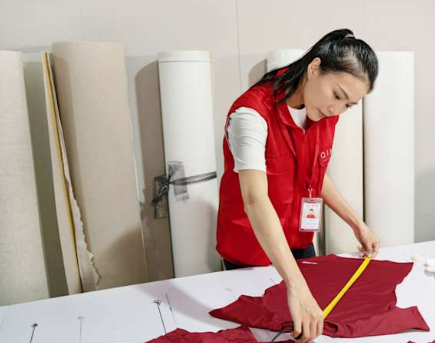
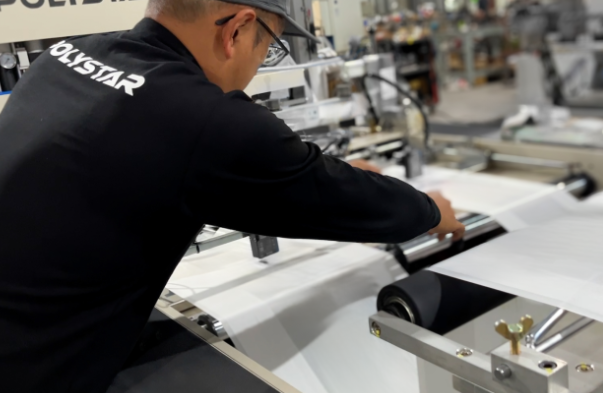
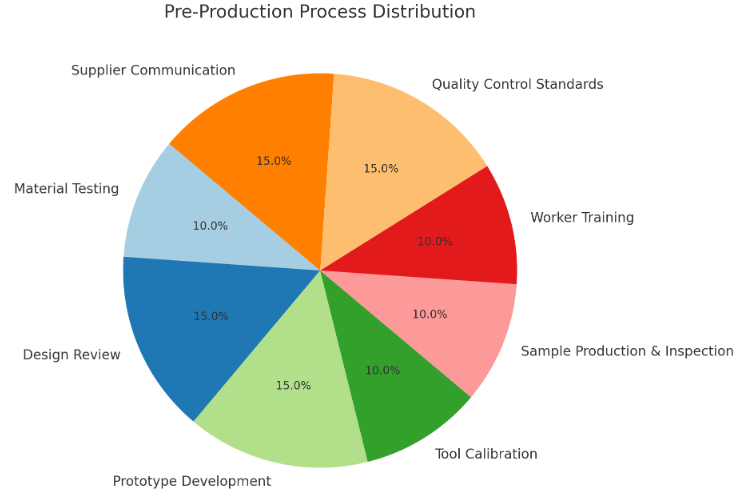
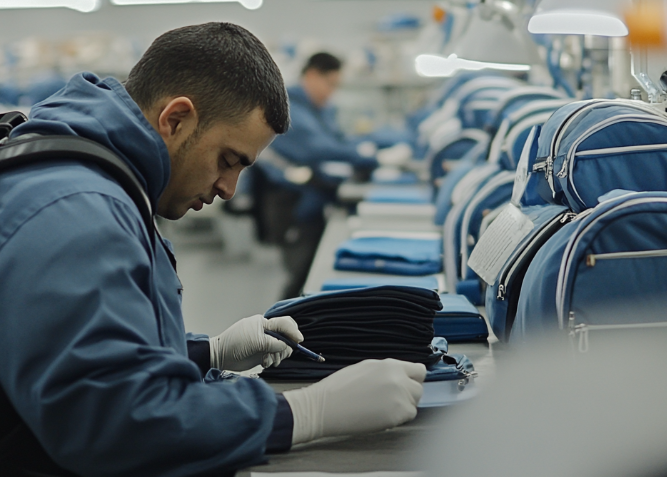
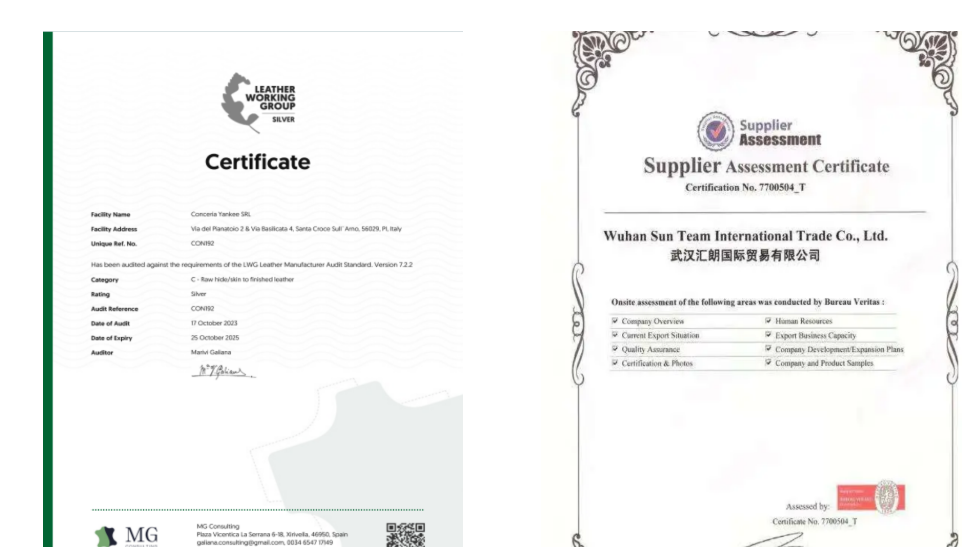
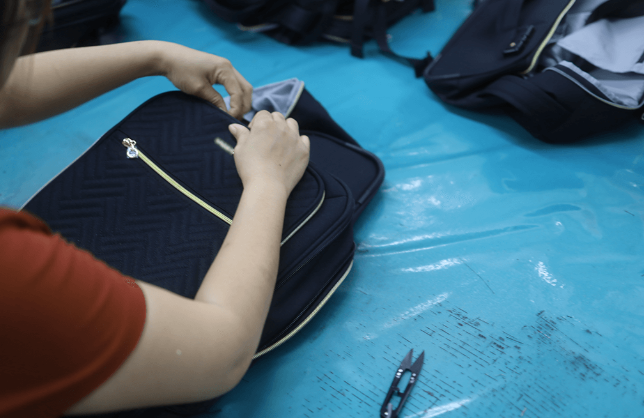
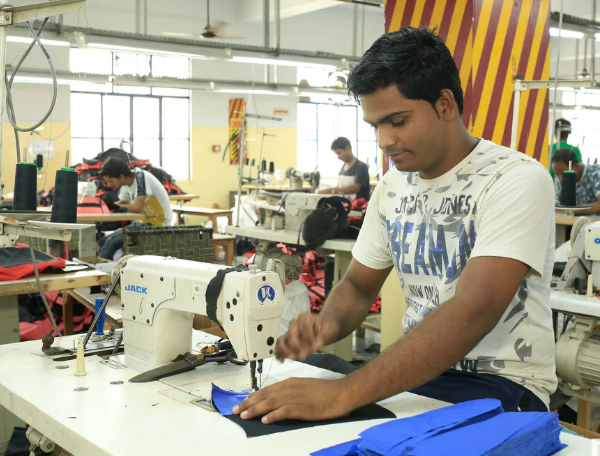
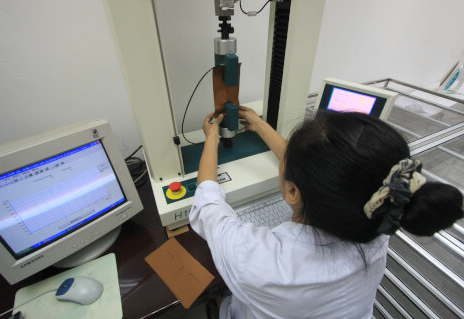
Recent Comments